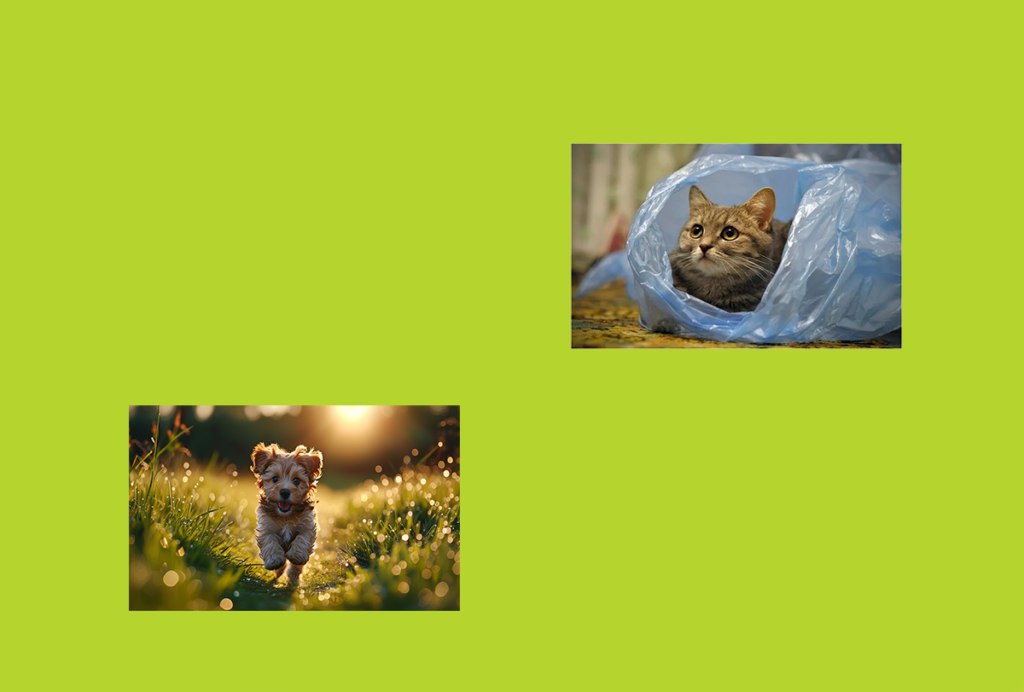
As a vet, I heal individuals; as RetNat’s founder, I exist to end the source of harm. ————Emily Rodriguez
Dr. Emily Rodriguez, DVM, PhD in Toxicology, is the Founder & Chief Scientific Officer of RetNat.
-
Professional Background:
-
Honors graduate from UC Davis School of Veterinary Medicine, specializing in environmental toxicology.
-
Former advisor to the EPA’s Pet Chemical Exposure Program, contributing to the Pet Product Safety Guidelines.
-
-
As a Founder:
In 2023, driven by clinical data and toxicology research, Dr. Emily founded RetNat as CEO, leading the development of the world’s first Pet Chemical Exposure Risk Assessment Model. Her dual identity – both a veterinarian and a scientific entrepreneur – defines RetNat’s ethos of “activism through science.”
Brand Origin Story: Dr. Emily’s Awakening – When Rescue Became Futile
2022, Santa Clara Animal Medical Center, California
Over 10 months, Dr. Emily diagnosed and tracked 417 chronic pet cases, revealing through lab tests:
-
62% of cases were strongly linked to industrial chemical exposure, with the top conditions as follows:
| Condition | Prevalence | Symptoms | Associated Chemicals & Sources |
|---|---|---|---|
| Allergic Dermatitis | 38% | Skin ulcers, hair loss | Sodium Lauryl Ether Sulfate (SLES) in grooming products |
| Chronic Digestive Disorders | 24% | Vomiting, diarrhea, gut dysbiosis | Bisphenol A (BPA) leaching from plastic products |
| Respiratory Inflammation | 10% | Coughing, nasal discharge | Formaldehyde (HCHO) emitted from pet beds and toys |
A Harsher Reality:
Even after recovery, 53% of pets relapsed within 6 months due to continued chemical exposure (data from Dr. Emily’s clinical reports).
Turning Point: A Failed Rescue
Case #2047: The Death of Border Collie Buddy (January 2023)
-
Medical History: A 3-year-old male euthanized due to liver failure. Necropsy revealed:
-
6 types of industrial residues in the liver, including phthalates and formaldehyde, sourced from pet toys, bowls, and cleaners.
-
Mitochondrial dysfunction in hepatocytes (energy metabolism collapse), with detox enzyme activity at 12% of healthy levels.
-
-
Dr. Emily’s Epiphany:
“We cured Buddy’s symptoms, but not his poisoned environment. When store shelves are filled with toxins, a vet’s syringe is just a placebo.”
Action: From Veterinarian to Changemaker
Scientific Validation:
Dr. Emily partnered with MIT’s Environmental Engineering Department to develop the Pet Chemical Exposure Risk Index (PCERI), analyzing 214 common pet product ingredients.
-
Key Findings:
-
38% of daily-use pet products failed chronic low-dose toxicity tests, including:
-
Diethyl phthalate (DEP) from plastic toys (endocrine disruptor)
-
Styrene in synthetic fragrances (Group 1 carcinogen)
-
-
Pets’ chemical exposure levels reached 3x those of human children due to lower body weight and grooming habits.
-
The Birth of RetNat: Rebuilding Nature’s Pact
-
Mission:
-
Provide persistent chemical-free pet products to eliminate root causes of disease.
-
Advocate for awareness of industrial chemical threats to pets.
-
-
Product Standards:
-
Banned List: All Persistent Organic Pollutants (POPs), Endocrine Disruptors (EDCs), and microplastics.
-
Natural Alternatives: Replace industrial chemicals with plant-based formulations.
-
-
Vision:
Return To Nature – All pets descend from the wild. Our duty is to let them thrive in a pollution-free world, reclaiming nature’s gifts: breathing clean air, touching real soil, and awakening their ancestral instincts.